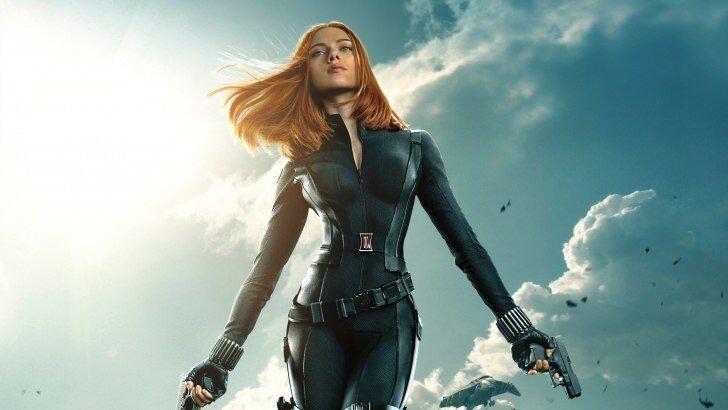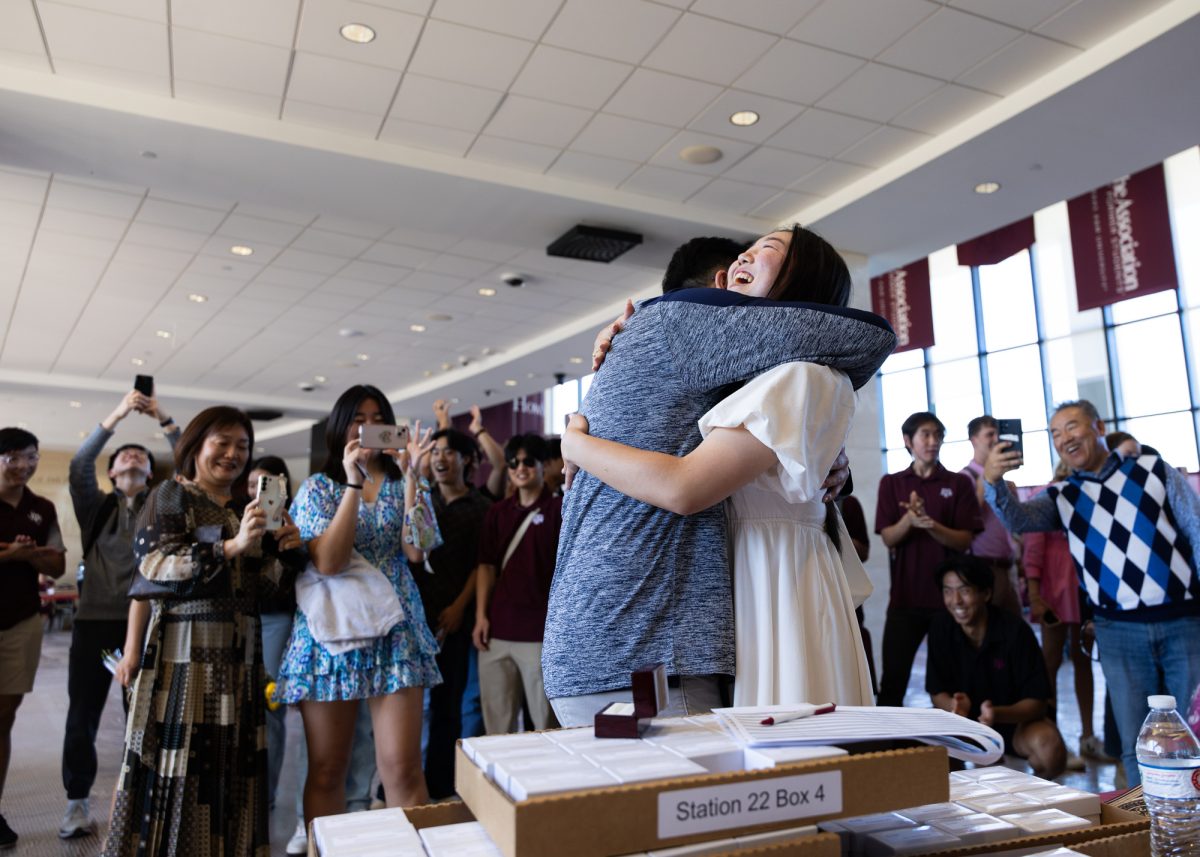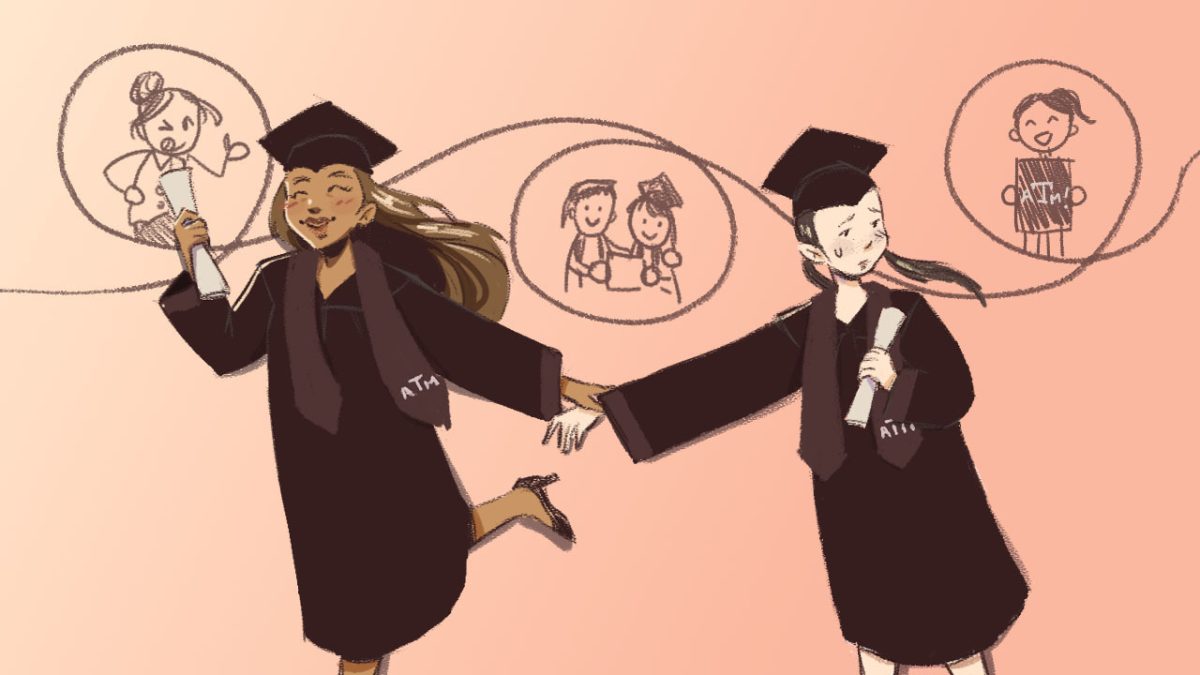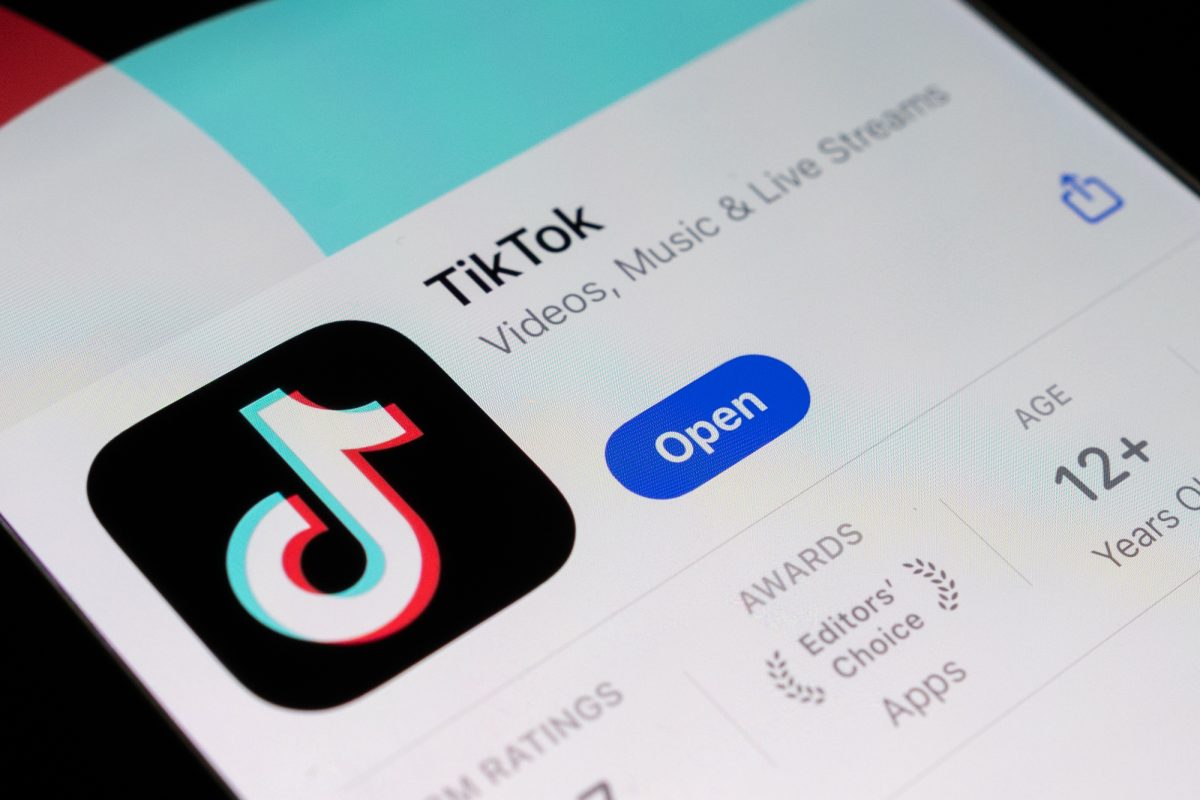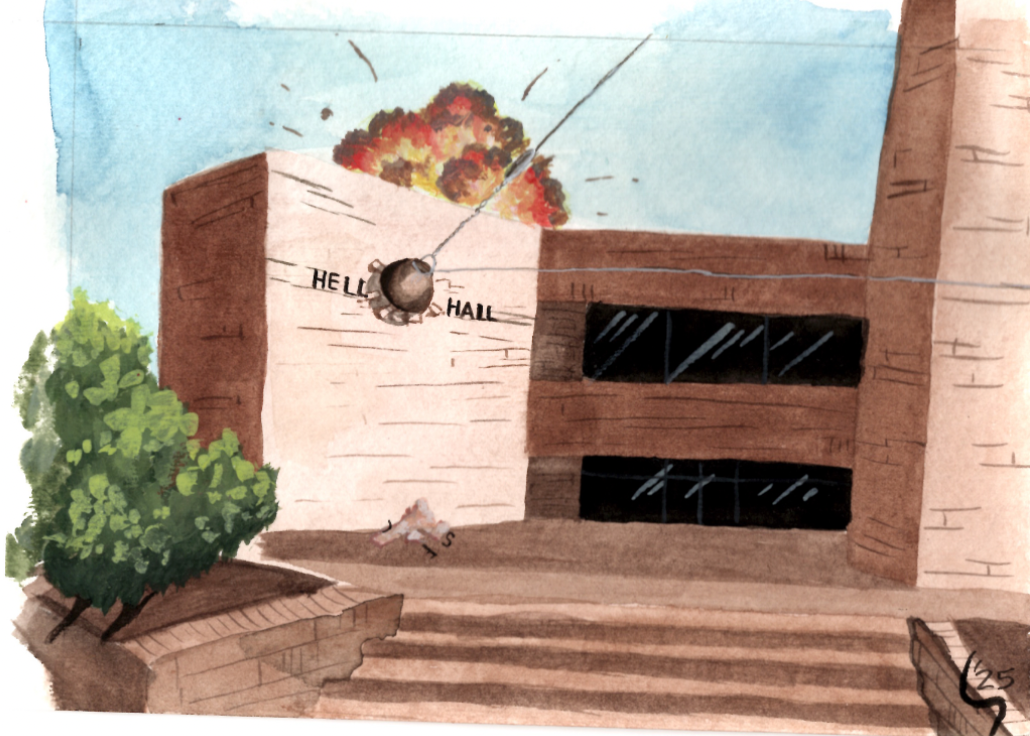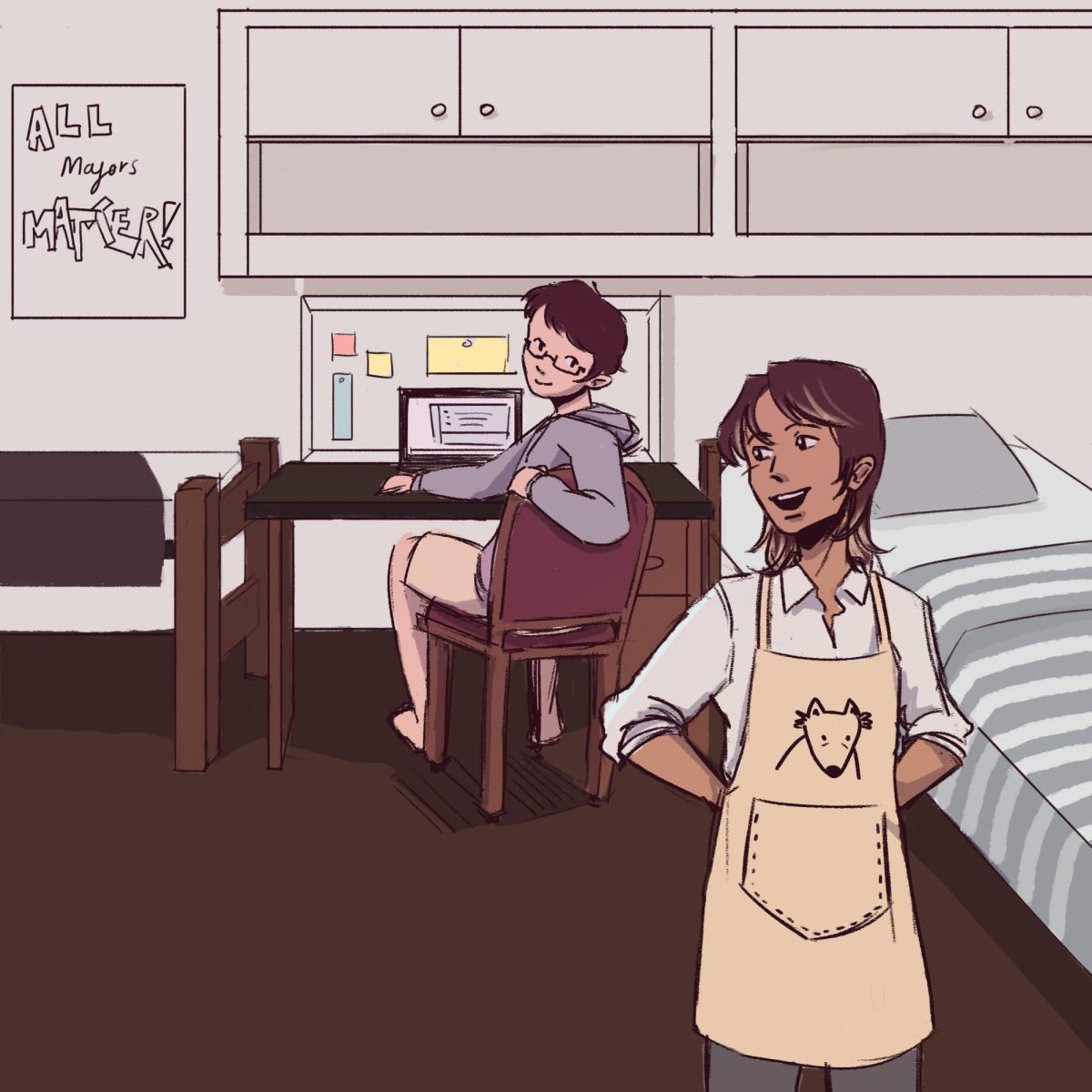With the release of “Iron Man 2” in 2010, Natasha Romanoff, a former KGB spy-turned-agent of S.H.I.E.L.D., made her debut. Romanoff went undercover as a Stark Industries employee who Tony Stark objectifies after her first appearance on screen, claiming, “I want one.” Then, driven by his lust, he converts her into his personal assistant, pitting her against Pepper Potts, his main love interest. This movie began the long tradition of sexualizing Natasha Romanoff, played by none other than Academy Award nominated actress Scarlett Johansson, in the Marvel Cinematic Universe, or MCU, as well as the cycle of exploitation Disney continues to enforce on its actresses.
After “Black Widow” finally made its debut in 2021, Johansson filed a lawsuit against Disney for violating the terms of her contract. The agreement clearly defined an exclusive theatre premiere before the movie would be available on the company’s streaming service, Disney+. However, upon the film’s release, Disney+ allowed fans to purchase streaming access to the film for $30. This option to stream the movie allowed large groups of fans to watch the movie together with only one purchase, while each individual would have to buy a ticket when going to theatres.
There is also the problem of Black Widow’s merchandising, or better yet, the lack of it. When MCU films first began hitting the big screen, stores were chock-full of Captain America and Iron Man merchandise, but the series’s first female Avenger was nowhere to be seen. While Disney’s official store now boasts a variety of Black Widow merchandise, you can see that most of it was created following the superhero’s solo movie. However, until recently, there were no Black Widow halloween costumes or toys. There weren’t any action figures, pajama sets or replica nerf guns made in her honor. There wasn’t even a Black Widow Barbie – which would arguably be more suited for girls who watched Marvel movies than a Captain America doll – made in her likeness.
So, not only was Johansson sexualized, especially in one particular scene where she undresses in “Iron Man 2,” she wasn’t even given the opportunity to make money off merchandise because it simply didn’t exist.
It’s sad to think the patriarchal structures of Hollywood simply didn’t care about women’s stories until recently. After the #MeToo movement, we saw a significant increase in the number of women both behind the scenes and taking control over their roles on screen. Until women made it clear they weren’t going to let men abuse their power, the men were happy to keep pretending it never happened. We were content to watch Issac Mizrahi grope Scalett Johansson at the Golden Globes in 2009, or to watch Natalie Portman be used and abused for years, until these women finally decided enough was enough. It’s these fearless women that paved the way for a movie like “Black Widow” to be directed by a woman, despite being written exclusively by men.
Against all odds, Johansson — and other women in Hollywood — managed to create a space where the MCU’s heroines can have an actual say on what their character wears. Elizabeth Olsen, who plays the Scarlet Witch, says that she had input when costume designers were creating her final battle costume in “WandaVision.” Olsen says she was upset about her past costume from “Avengers: Age of Ultron,” which exposed a lot of cleavage, and wanted to make sure her costume could actually work for her character.
Fortunately, she won this lawsuit, and in a big way. For all she has done for women, in and out of the MCU, Johansson’s share of Disney’s wealth is well-deserved and learning she got it after all these years feels like sweet, sweet justice. Congratulations, Scarlett Johansson —we know you’ve made Natasha proud.




